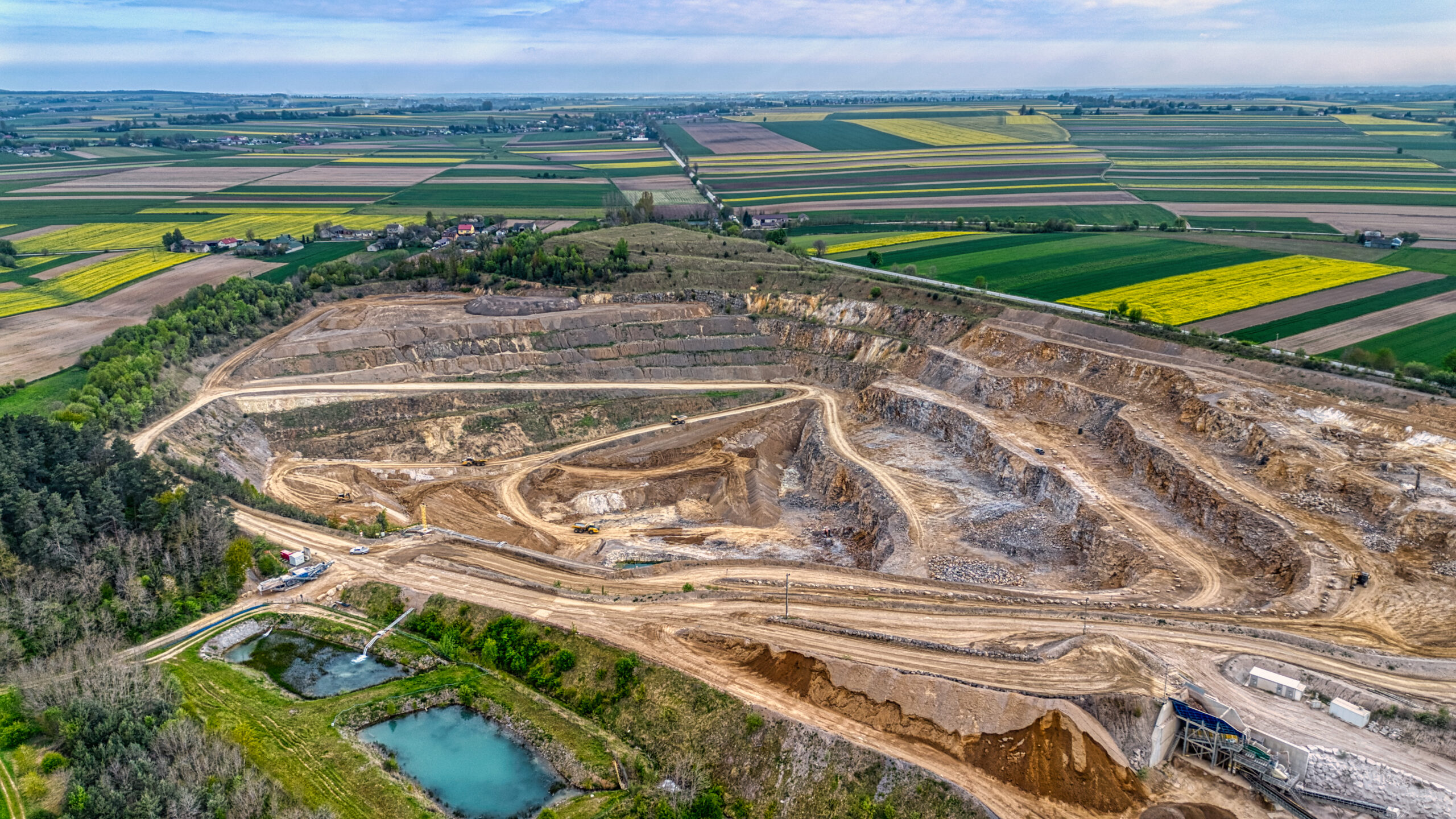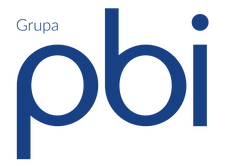A fundamental tool for controlling what happens across the plants
Five quarries, 200 machines and over 14 million tons of aggregate extracted every year — the PBI Group is one of the undisputed leaders in the construction industry. Marcin Siatrak, Technical Director, and Kamil Stępień, Technical and Maintenance Coordinator, explain how the TMS system helps manage operations on such a massive scale.

When did you first encounter the TMS system?
Marcin Siatrak: I was already very familiar with the TMS system from my previous company, where I worked with it daily. When I joined PBI ten years ago, the system was already implemented, but only within some subsidiaries and not fully operational. For example, the stationary plants were not integrated at all. It wasn’t until later that the system was further developed and expanded.
So, in what scope does TMS currently operate within PBI?
Kamil Stępień: At the moment, TMS is connected to most of our stationary plants — we have ten of them — as well as to several mobile ones. Across our quarries, we operate more than 200 mobile machines — excavators, loaders and dump trucks — and most of them are integrated with the TMS solution.
Ten stationary plants and more than 200 mobile machines — that’s a massive challenge. How exactly does TMS help you?
K.S.: When it comes to stationary plants, we have integrated weighing systems that measure production and working time. Based on this data, we receive KPI reports, which show us how each plant performs. For strictly mobile machines like loaders, excavators and crushers, we monitor fuel consumption — when refueling occurs and whether there are any irregularities. Since our equipment frequently moves between plants, TMS allows us to know exactly which machine has been transferred from one quarry to another.
M.S.: We also analyze machine working hours and locations. As a company, PBI is growing rapidly, and we don’t currently spend as much time on analysis as we ideally should. However, once this development phase stabilizes, we’ll need to optimize what’s been created so quickly. TMS is certainly a solution that will prove even more useful in the future.

Do you use any TMS features designed specifically for your needs?
M.S.: Yes, we have implemented daily production reports and KPI summaries that are automatically generated and sent at 6:00 a.m. They include charts, indicators and production volumes. A single glance is enough to understand what happened at the plant the previous day. All plant managers and people involved in the production process receive them.
What if something doesn’t add up in the data?
M.S.: If something looks unusual in the data, these daily reports help plant managers react immediately, even though they are usually only present during the first shift. Thanks to TMS, a manager can easily check what happened during their absence, ask the responsible staff for details and find out why something occurred. For our technical department, however, the focus is more on monthly or even yearly data.
How do you use the TMS system and its data in your daily work?
K. S.: Our priority is to ensure that all machines are running and no deviations occur. A lot can happen in a quarry, and thanks to TMS we can monitor it all. Once a month, we receive a detailed analysis — a work log for each machine. It shows precise data such as start time, fuel levels before and after operation, machine working time, and performance results of each operator.
Do the data obtained through TMS also support work and production planning?
K.S.: Definitely. To make everything run smoothly, we must plan the operation of both machines and stationary plants. In practice, we use a calendar in which, for example, we schedule the “Budy” plant to operate from Monday to Friday in three shifts. Based on this plan, we can identify downtime and analyze efficiency. With TMS, we can easily see from the graphs which quarry is the most productive and delivers the highest output.
What benefits does the system bring?
M.S: The core value of the TMS system lies in knowing whether our machines and equipment are being fully utilized. We can determine if production is continuous and whether we maintain stable output levels. It’s difficult to directly convert production indicators into financial results, although they are closely related. The greatest benefit is the knowledge we gain about how our machines operate. If we can prevent downtime in processing plants and avoid unstable production, that translates into very tangible advantages.
So, it’s mainly a support tool for you?
M.S.: Yes, the most important aspect is the daily insight the system provides. By analyzing issues through TMS, we can notice things that aren’t visible “to the naked eye” in the plants. It gives us a different perspective. These daily analyses allow us to identify patterns or deviations and, based on the data, implement improvements or modernizations.
K.S.: For me, TMS is a tool that helps detect irregularities, particularly in fuel management — checking and comparing whether refueling events are consistent and identifying possible errors. The system also facilitates efficient information flow. I don’t need to ask around what happened; everything is clearly documented in the system.

Efficient information flow is especially important when managing several quarries and plants…
M.S.: TMS is a day-to-day working tool for us. It leads to small but regular improvements — sometimes subtle, yet essential in the long term. It helps us control the entire process.
K.S.: It’s also a great tool for monitoring operators: we can see what they do at night and whether machines are left idling. Employees are aware that the system is in place, which makes them more conscious about how they use machines — resulting, among other things, in fuel savings.
What convinced you to work with TMS?
M.S.: In today’s world, it’s a necessity. Anyone not using such a system is working under outdated principles. All our machines are sensor-equipped, allowing us to monitor and analyze their performance. We have the technical capabilities, and we use them.
K.S.: PBI operates a huge number of machines — we can’t afford to have them running without supervision or control. Even though equipment manufacturers have their own built-in monitoring systems, TMS connects everything together and stores all data in one place.
How would you describe your daily cooperation with the TMS team?
K.S.: Excellent. The service team is very efficient. If we can’t solve an issue ourselves, TMS technicians check it remotely whenever possible. If that doesn’t work, a service team arrives on-site and usually resolves the problem immediately. Although the system is extensive, it remains very intuitive. The staff provide thorough support and training, so everyone can learn to use it effectively.
Please complete the sentence: TMS is…
M.S: A fundamental tool for analyzing what happens in the plants — both in stationary production facilities and across all mobile machines.
K.S.: A tool for managing our fleet of machines.
Interview by Sabina Szewczyk-Wajda
Marcin Siatrak, Technical Director, has been with the PBI Group for over a decade. As part of the technical department, he supports mining companies and concrete plants.
Kamil Stępień, with PBI for six years, began his career in a quarry as an electromechanic. For the past four years, he has worked in Sandomierz as Technical and Maintenance Coordinator.
The PBI Group currently consists of 16 companies connected through capital links.
